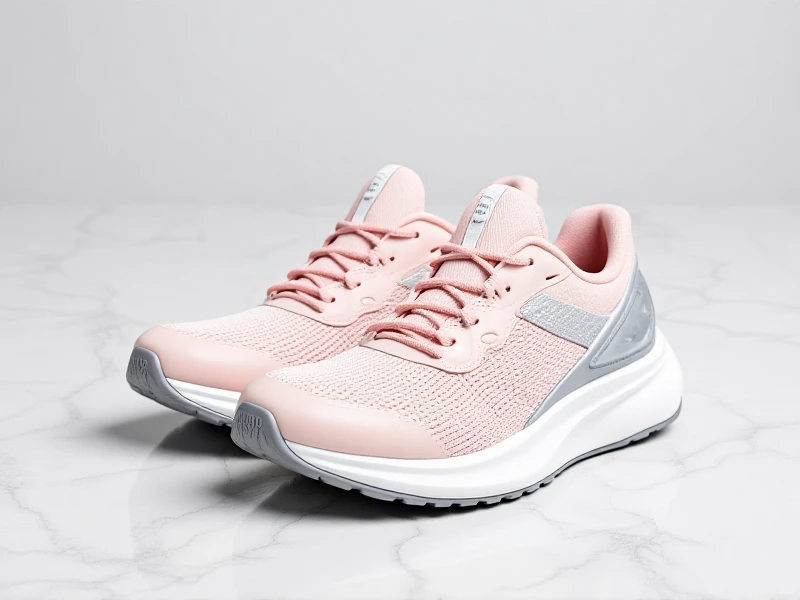
The Ultimate Guide to Women's Running Shoes: Find Your Perfect Pair
Finding the right pair of women's running shoes is crucial for comfort, performance, and injury prevention. Whether you’re tackling your first 5K, training for a marathon, or enjoying daily miles, understanding what makes a great shoe can transform your running experience. Here’s how to navigate the options:
1. Designed Specifically for Women’s Feet
Women’s feet often have distinct anatomical differences—narrower heels, higher arches, and a lighter frame. Leading athletic brands engineer running shoes for women to accommodate this biomechanics. Expect narrower heel collars for secure lockdown, strategically placed cushioning for lighter landings, and midsoles tuned to complement a typically smaller body mass. Don’t just size down from men’s versions; seek gender-specific designs.
2. Support Where You Need It
Understand your gait (neutral, overpronation, or supination). Many top women’s running sneakers offer models optimized for each:
- Stability/Support Shoes: Feature firm medial posts (like Brooks Adrenaline GTS or Saucony Guide) to control excessive inward rolling.
- Neutral Cushioned Shoes: Offer balanced cushioning without corrective elements (e.g., Nike Air Zoom Pegasus, Hoka Clifton).
- Motion Control: For severe overpronation, providing maximum reinforcement.
Visiting a specialty running store for gait analysis remains the best way to find your fit.
3. Cushioning & Responsiveness
From plush, maximalist cushioning (ideal for long distances or impact protection) to minimal, responsive soles (favored by speed-focused runners), cushioning levels vary drastically. Modern foam technologies like Adidas’ Lightstrike, Brooks’ DNA LOFT, ASICS’ FF BLAST , or Nike’s React offer lightweight energy return without bulk. Consider your preferred run distance and feel.
4. Don't Overlook the Upper & Fit
Breathable mesh uppers keep feet cool, while seamless construction minimizes chafing. A secure "heel lock" prevents slippage, and a roomy toe box allows toes to splay naturally—especially important for longer runs to avoid blisters or black toenails. Always try shoes on later in the day (feet swell!) and wear running socks.
Choosing Your Ideal Pair: Key Tips
- Prioritize Fit: Comfort is non-negotiable. There should be a thumb’s width of space at the toe.
- Match Your Activity: Long road runs? Trail runs with uneven terrain? Speedwork? Different shoes excel in different contexts.
- Track Mileage: Replace women’s running shoes every 300-500 miles as cushioning degrades.
- Look for Reputable Brands: ASICS, Brooks, New Balance, Saucony, Nike, and Hoka consistently deliver top-performing options.
- Consider Sustainability: Brands increasingly offer eco-conscious models using recycled materials.
The best women's running shoes feel like an extension of your foot, empowering each stride. Invest time in finding yours—your body (and personal bests) will thank you. Explore trusted retailers and brands focusing on female runner performance today!